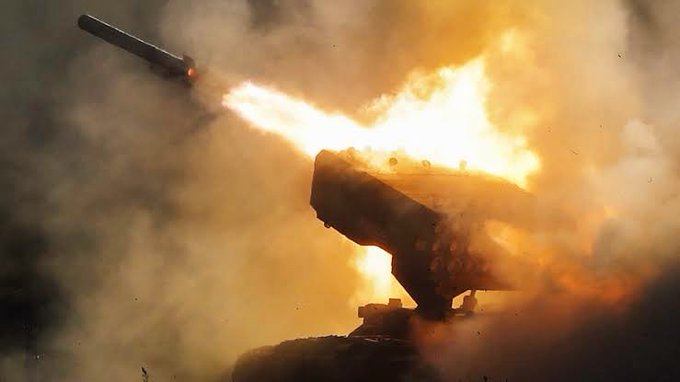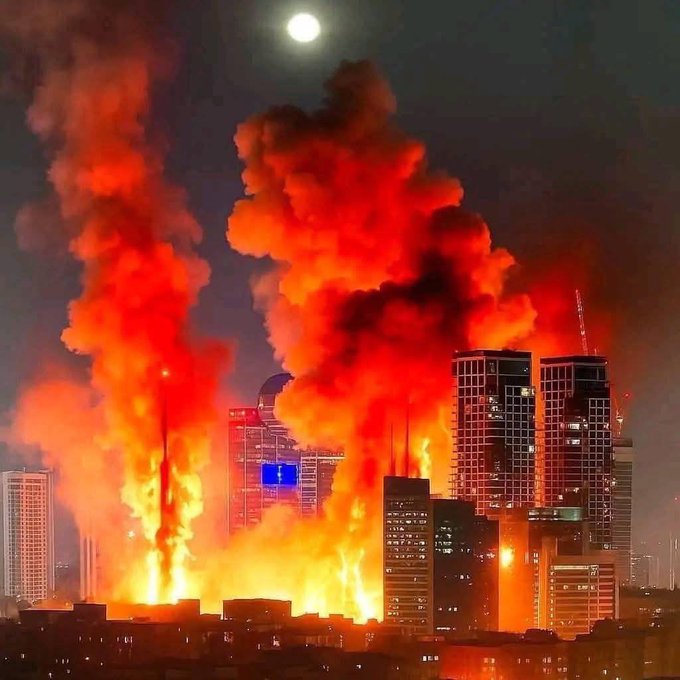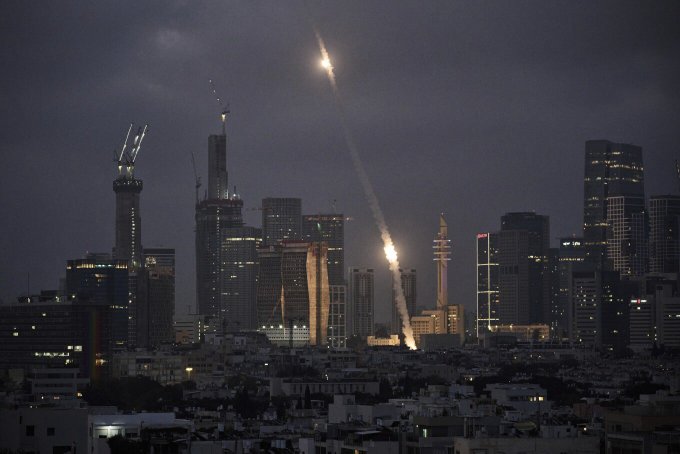The recent escalation of the Iran-Israel conflict has marked one of the deadliest and most intense chapters in their longstanding hostilities. Overnight on June 14-15, 2025, Iran launched a ballistic missile strike on the Israeli city of Bat Yam, resulting in significant casualties and widespread damage. This attack followed an Israeli offensive targeting Iran’s nuclear and energy infrastructure, further intensifying the conflict and drawing international concern.

The Missile Strike on Bat Yam and Its Impact
In the early hours of Sunday, an Iranian ballistic missile slammed into a residential building in Bat Yam, a city near Tel Aviv. The strike killed at least six people, including two children aged 8 and 10, and an 18-year-old youth. Over 100 others were wounded, with seven feared missing under the rubble as rescue operations continued. The missile barrage also triggered sirens and forced residents in Tel Aviv, central Israel, Ashdod, and parts of Jerusalem to seek shelter.
The devastation extended beyond human casualties. Sixty-one buildings were reported damaged in Bat Yam alone, and the attack also affected nearby cities such as Rehovot and Ramat Gan, where dozens were injured. Among the damaged structures was a building belonging to the Weizmann Institute for Science in Rehovot, which reportedly suffered fire damage in laboratories. The Israeli military cautioned the public against sharing footage or locations of missile impacts to prevent the enemy from refining its attack strategies.
The attack on Bat Yam was part of a broader Iranian missile barrage overnight, which also included a missile strike on the northern Arab city of Tamra, killing four people. Overall, the overnight attacks injured around 200 people across Israel.

Israeli Strikes on Iran’s Nuclear and Energy Facilities
The missile attack came as a direct retaliation to Israel’s major offensive against Iran’s nuclear program and energy infrastructure that began in the early hours of Friday. Israeli forces targeted several key Iranian sites, including the Natanz uranium enrichment facility, the Fordow enrichment site, and the Isfahan uranium conversion facility. Satellite images from US commercial provider Maxar Technologies revealed extensive above-ground damage at Natanz, with several buildings destroyed and fires reported. The International Atomic Energy Agency (IAEA) confirmed damage to above-ground uranium enrichment facilities and electrical infrastructure, though no radiation leaks were detected.
In addition to nuclear sites, Israel struck Iran’s energy infrastructure in Tehran, targeting the Shahran fuel and gasoline depot and the Shahr Rey oil refinery. These attacks caused massive fires and explosions, severely damaging facilities critical to Iran’s economy and energy supply. The strikes on Iran’s energy sector represent a clear escalation, aiming to degrade Tehran’s capacity to fund and sustain its military and nuclear ambitions.
International Reactions and Travel Advisories
Amid the escalating violence, the UK government updated its travel advice, now warning against all travel to Israel due to the ongoing missile exchanges and deteriorating security situation. The Foreign, Commonwealth and Development Office (FCDO) raised the threat level for the entire country to red, equating it with travel warnings for Iran itself. This advisory reflects the severity of the conflict and its impact on civilian safety and international travel.
The UK has also deployed additional RAF jets to the region as a precautionary measure, emphasizing defensive readiness without direct involvement in the conflict. British officials have indicated potential future support to Israel but have stressed that the current actions are defensive and aimed at protecting UK assets and personnel in the region.
Broader Implications
The conflict marks a dangerous intensification of hostilities between Israel and Iran, with both sides engaging in direct military strikes on each other’s territory and critical infrastructure. Israel has justified its offensive as necessary to prevent Iran from reaching a “point of no return” in its nuclear weapons development. Iranian missile attacks on Israeli cities, including civilian areas, have resulted in tragic loss of life and heightened fears of a broader regional war.
The targeting of nuclear facilities raises concerns about the potential for radiological contamination and the broader risks of escalation. While the IAEA has not detected radiation leaks, the destruction of nuclear infrastructure could have long-term consequences for regional stability and environmental safety.
In conclusion, the Iran-Israel conflict has escalated into a deadly exchange of missile strikes and air raids, causing civilian casualties and significant damage on both sides. The international community watches closely as diplomatic efforts to de-escalate tensions remain urgent but elusive. The recent attacks underscore the fragile security situation in the Middle East and the high stakes involved in the struggle over Iran’s nuclear ambitions and Israel’s national security.

